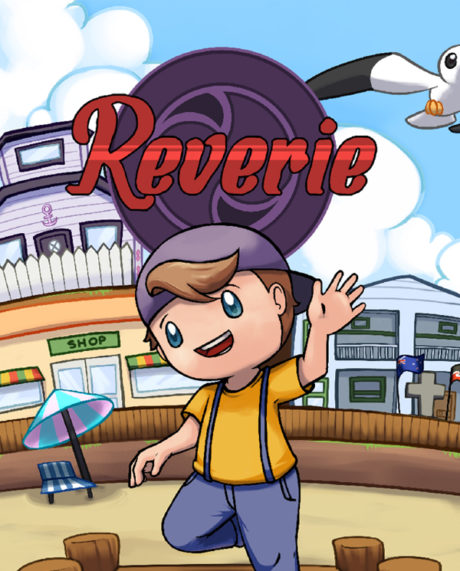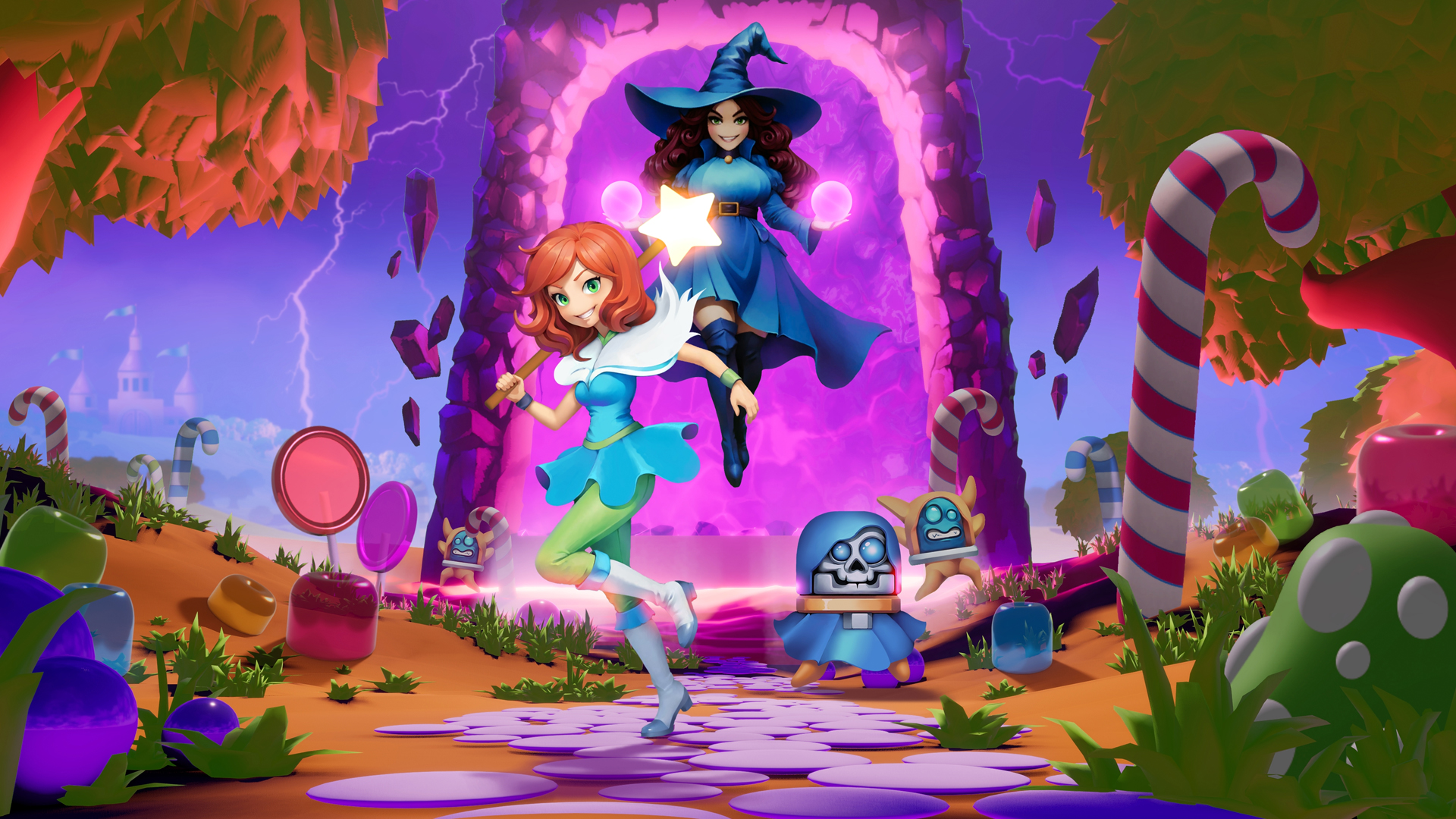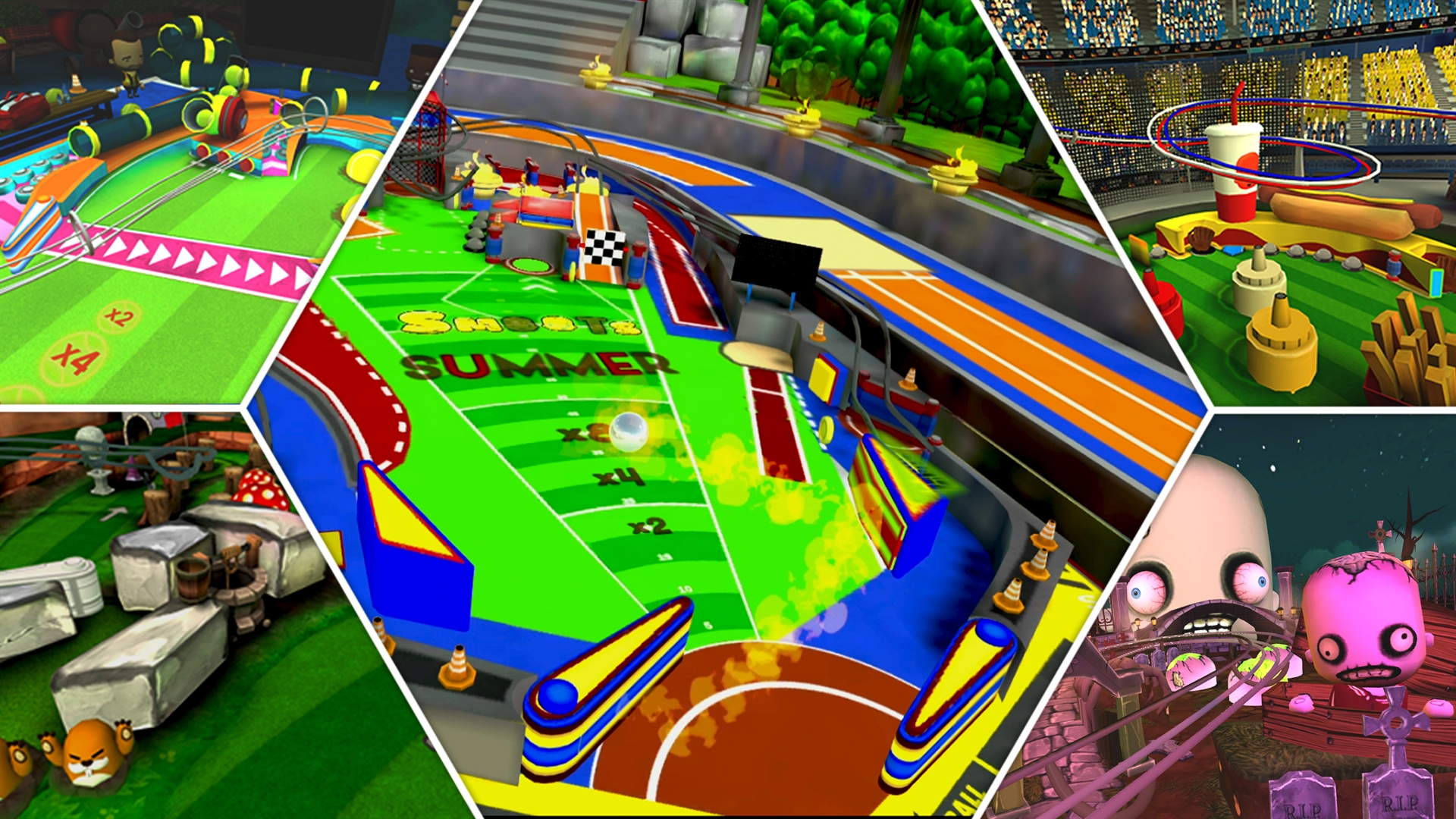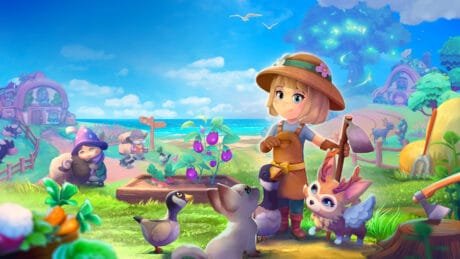Purrr....
- Child of EarthBound and Zelda
- Dungeon puzzles
- Collecting feathers
- Stephen
- StarBlazer
Hisss!
- Can’t leave dungeon until complete
- Lack of enemy variation
Platform
PlayStation 4, VitaPublisher
eastasiasoftDeveloper
Rainbite LimitedGenre
Action, AdventurePlayers
1File Size (Minimum)
209.13 MBRelease Date (NA)
Mar 29, 2018Filed Under
Reverie was developed by a small New Zealand-based team named Rainbite. Heavily inspired by EarthBound (aka Mother), Pokémon, StarTropics, and The Legend of Zelda, Rainbite utilized these game mechanics to create Reverie. This nostalgia game with its entertaining 2D gameplay is a hidden gem for the PlayStation Vita and PlayStation 4.
Tai and the Restless Spirits
Reverie takes place on a fictional island called Toromi near New Zealand and is based on the Māori folktale of “Māui and the Giant Fish.” Tai, the protagonist, is visiting his grandparents on his summer vacation when suddenly the island faces great turmoil as a result of the island spirits being at war with each other. If the spirits continue to fight, Toromi will sink, so it’s up to Tai to calm them down and bring peace back to the island.
Tai’s first dungeon is his grandparents’ basement, a smooth transition on learning the game’s mechanics and dungeon exploring. Players who have played any The Legend of Zelda games from the Nintendo Entertainment System (NES), Game Boy, and Super Nintendo days will be familiar with Reverie’s dungeons. However, The Legend of Zelda: Link’s Awakening feels most recognizable since after defeating the dungeon boss, you’ll enter a new room where you can pick up the hook. (In Link’s Awakening it’s an instrument.) Even the map in the dungeons and overworld pay tribute to the classic Game Boy game.
While exploring, Tai will need to find keys to unlock rooms and the majority of the time that will require solving puzzles first. Some puzzles are head-scratchers that’ll stump players for a while but will feel rewarding once solved. However, while dungeon puzzles are the most difficult part of the game, the dungeon bosses feel too straightforward and simple. Once you figure out the boss’s pattern, you can defeat it with few problems.
If you are at a point you want to leave the dungeon but haven’t completed it yet, too bad. The game wants you to finish the job before moving on to something else. On the flip side, there’s really not much to do in outside dungeons except traveling across the land to collect native bird feathers or play mini games.

Best of Both Worlds
Unlike EarthBound’s turn-based battles, Reverie is a real-time hack-and-slash, but it does share a similar visual design to EarthBound with its top-down 2D graphics and earth-toned color scheme. The game also uses a Legend of Zelda style inventory system but with ordinary items like a yo-yo, a Nerf gun, and swimming goggles, each of which can be assigned to the controller’s buttons. One of the best items in the game is a rock with googly eyes named Stephen. Stephen may not move or talk, but you can use it to solve puzzles or knock it around to take out enemies. (But really, it’s mainly the googly eyes.)
While assigning items to controller buttons is straightforward, the implementation doesn’t always make sense. The swimming goggles need to be equipped manually when you need Tai to enter the water, so it’s a hassle to constantly switch it back and forth. Also, it would’ve been better if your Nerf gun’s bullet supply had been set as a separate option in the menu or automatically synced when you equipped your weapon. Still, these are minor flaws that appeared in the Zelda games, too.
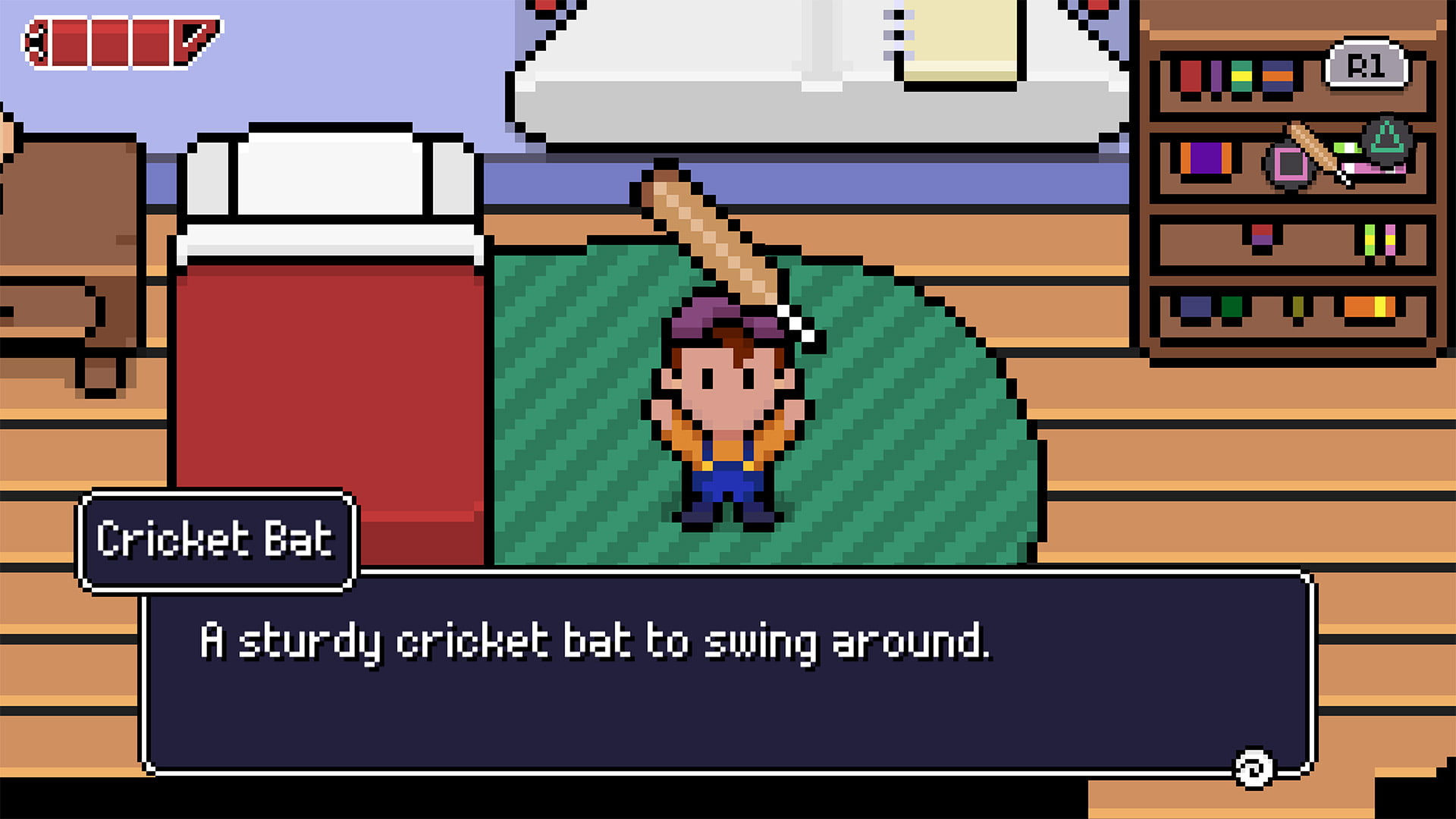
Monster Meh
Players will notice a repetition of rats, weasels, and bees in the early part of the game. These monsters feel lackluster since there’s hardly any variation except for color until you reach roughly the game’s latter half. Even with the new monsters appearing, you’ll come across their alternate colors as you adventure further.
And despite the cosmetic change, it doesn’t change the difficulty in defeating any of them; a black rat will still take the same amount of hits to kill as a brown rat. It would better if the different-colored monsters were tougher to take down. Otherwise, why bother?
Extra Goods
The reverie doesn’t end once you complete the game. You can continue to collect feathers, strive for a high score in the arcade room, or even take on a new dungeon that’ll challenge your skills.
In the beginning of the game, you’re given an album to collect native bird feathers. There are twenty feathers spread across the island with some being easy to get while others are a bit trickier. As you discover them, the game will give a synopsis about the bird (all from New Zealand). Did we mention this game teaches you about New Zealand? If you were ever wondering, kiwi birds make an appearance in the game.
If you’ve ever had an itch to play an arcade mini game, Reverie has an entertaining one called StarBlazer. This game-within-a-game plays similar to the classic arcade title Galaga. The arcade game requires you to spend a few coins each turn, but you’ll be playing numerous times regardless for the fun of it and seek to get your name on the high score list.
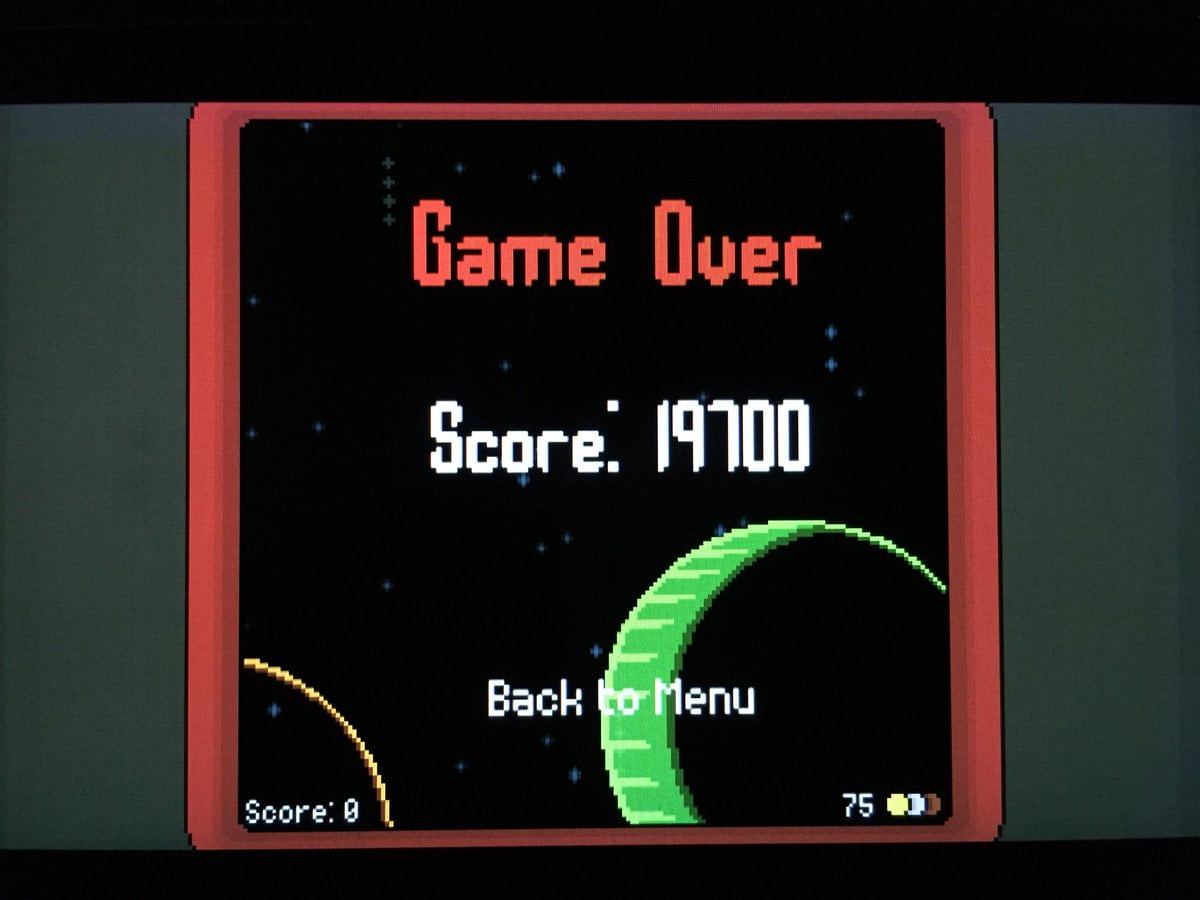
Toromi Tunes
The soundtrack in Reverie is simple. The town and overworld scores are charming and the dungeon boss theme create the intensity needed while in battle. However, it’s not memorable when compared to other indie games such as Iconoclasts and Celeste, but it works rather well with the game’s theme and is reminiscent of EarthBound, which is always a plus.
Summary
Reverie is a pleasant and entertaining game for fans of EarthBound and classic Legend of Zelda games. Those who own a PlayStation Vita and PlayStation 4 shouldn’t overlook this hidden gem.
A PlayStation Vita review code was provided by Rainbite for this review.
